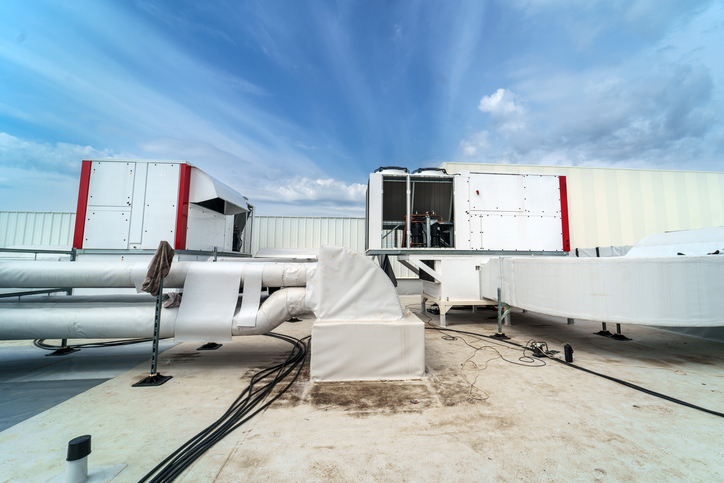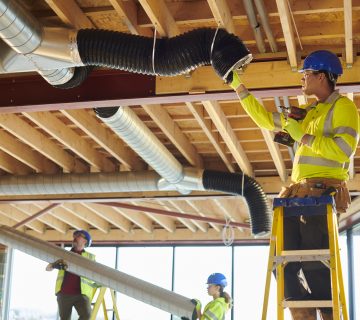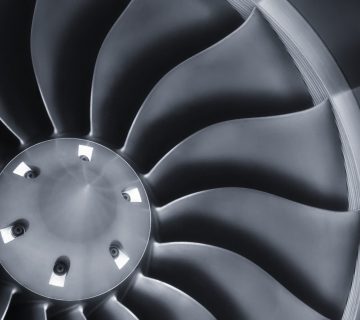Table of Contents
When upgrading HVAC systems in large commercial buildings, installation companies often face the decision between retrofitting existing equipment and a complete replacement. Each approach has unique advantages, costs, and potential impacts on building operations. In this post, we’ll explore the pros and cons of retrofitting versus replacement, helping HVAC installers guide their clients toward the best solution for their needs.
Retrofitting HVAC Systems
Pros
- Cost-Effective: Retrofitting is generally less expensive than a full replacement, as it focuses on upgrading specific components rather than the entire system.
- Minimal Disruption: Retrofit projects tend to be faster and less disruptive, allowing buildings to remain operational during the process.
- Improved Energy Efficiency: Retrofitting with updated components, such as high-efficiency fans or controls, can improve energy efficiency and lower operating costs without the need for full replacement.
Cons
- Limited Lifespan Extension: While retrofitting can improve efficiency, it doesn’t extend the system’s lifespan as much as a complete replacement.
- Performance Limitations: Retrofitted systems may not meet the same performance or energy standards as new, modern systems.
Replacing HVAC Systems
Pros
- Enhanced Performance: Complete replacement allows for the installation of a fully updated system that meets current energy and performance standards, optimizing indoor climate control.
- Extended System Lifespan: New systems offer a fresh start, ensuring reliability and efficiency for years to come.
- Improved Sustainability: Replacing an outdated HVAC system with an energy-efficient model can significantly reduce a building’s carbon footprint.
Cons
- Higher Initial Cost: Replacing an entire system is a significant investment, which may deter some clients.
- Operational Disruption: Full replacements can be time-intensive and may require temporary building closures or workarounds.
Choosing the Right Strategy
The choice between retrofitting and replacement often depends on the building’s age, the system’s condition, budget constraints, and energy efficiency goals. At EDI, we provide HVAC installers with the parts and expertise they need to support either approach. Our range of custom ductwork and energy-efficient components is designed to optimize performance, regardless of whether a system is retrofitted or replaced.
Conclusion
Helping clients decide between retrofitting and replacement requires a deep understanding of each option’s benefits and limitations. At EDI, we are committed to supporting installers with the products and insights needed to ensure successful installations, tailored to each building’s unique needs.




